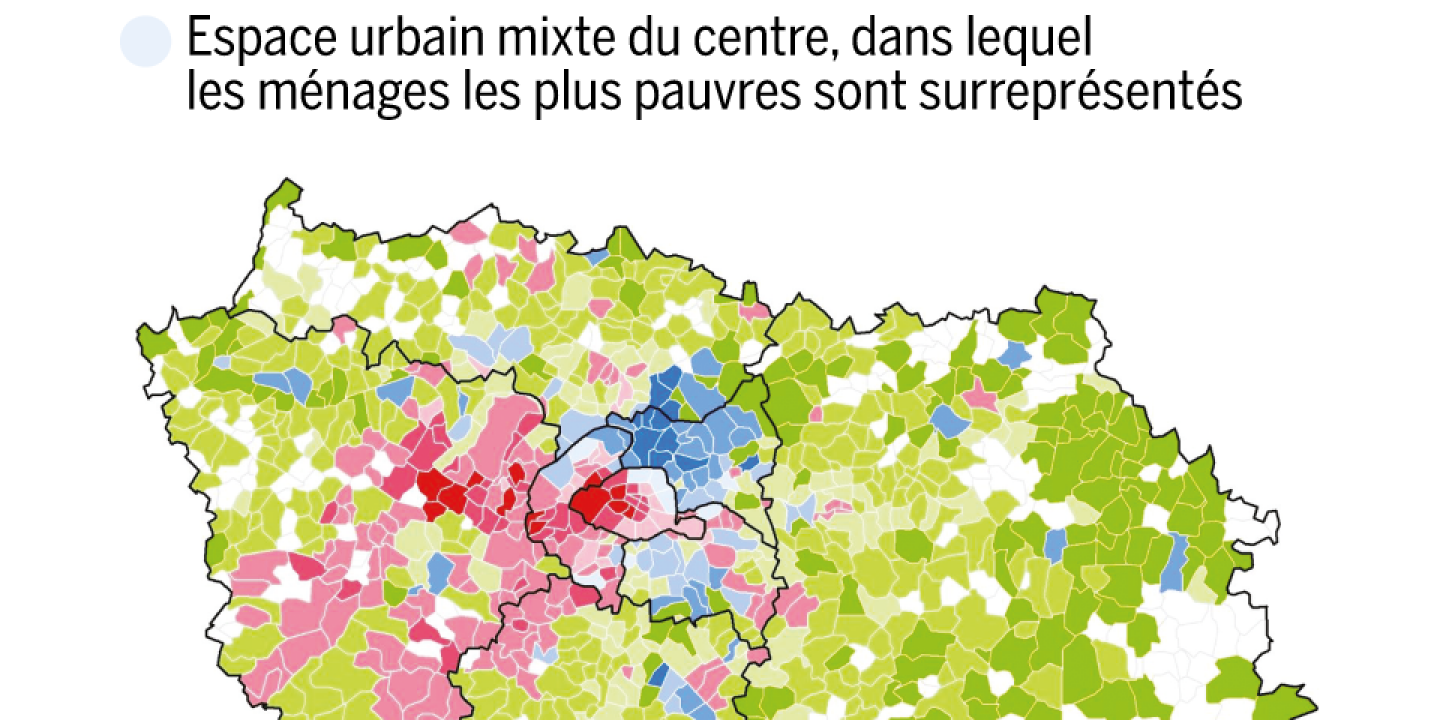Appointment is made. By presenting his first feature film, Les Misérables at the Cannes Film Festival, Ladj Ly appealed to Emmanuel Macron, inviting him to discover this drama which takes place in a city of Montfermeil, in Seine-Saint-Denis. “The film is a cry of alarm, it is: attention, it risks exploding! “
The President of the Republic seized the ball with the leap. A screening will be organized “At the Elysée or elsewhere”, revealed the director after receiving the Jury Prize.
Wretched under the gold of the presidential palace? Improbable encounter. As the crow flies, twenty kilometers separate the city of Les Bosquets and the very chic 8e district of Paris. In reality, these two worlds are light years away, and keep moving apart.
This is shown by an edifying study published Monday, June 3 by the Institute of Planning and Urbanism (IAU), an organization that depends on the Ile-de-France region. Starting from statistics on income, housing, types of households, etc., she underlines how much inequalities have widened over the past fifteen years in the Paris region.
“Ever more marked polarization”
Inequalities between individuals, but also between departments, municipalities and neighborhoods: despite all efforts, all “city policies”, social diversity is declining. With “ghettos of the rich” more and more closed in on themselves, and “ghettos of the poor” which are sinking into difficulties. On the one hand, the beautiful districts of western Paris such as 8e district, Neuilly-sur-Seine (Hauts-de-Seine) or Le Vésinet (Yvelines). On the other, the cities of Miserable.
Ile-de-France has a long history “The region where inequalities are the most marked, due to the concentration of very well-off populations”, recalls the study. Since the early 2000s, this phenomenon has been on the rise.

Of course, there are still important “Mixed spaces”, where different social categories mix. Municipalities like Colombes, Asnières, Clamart in Hauts-de-Seine, Joinville-le-Pont in Val-de-Marne. A third of Ile-de-France households live there. But the 2001-2015 period under scrutiny shows above all “An increasingly marked polarization between the wealthy sectors and the poor sectors”, write the authors.
At the top of the scale, “Territories of wealth are consolidated” : they are getting richer, and are expanding to bordering areas that are a little less wealthy. For example, the share of households with the highest incomes increased in the 7e and 8e arrondissements of Paris, already two of the most popular. It also made strong progress in the 2e and 3e arrondissements, and to a lesser extent in the 17e, 4e and the 1is, as well as in Levallois-Perret (Hauts-de-Seine). The movement also affects municipalities such as Issy-les-Moulineaux, Le Plessis-Robinson, La Garenne-Colombes, Montrouge (Hauts-de-Seine), Carrières-sur-Seine (Yvelines) or even Vincennes (Val-de-Seine). Marl).
You have 57.55% of this article to read. The rest is for subscribers only.
–


